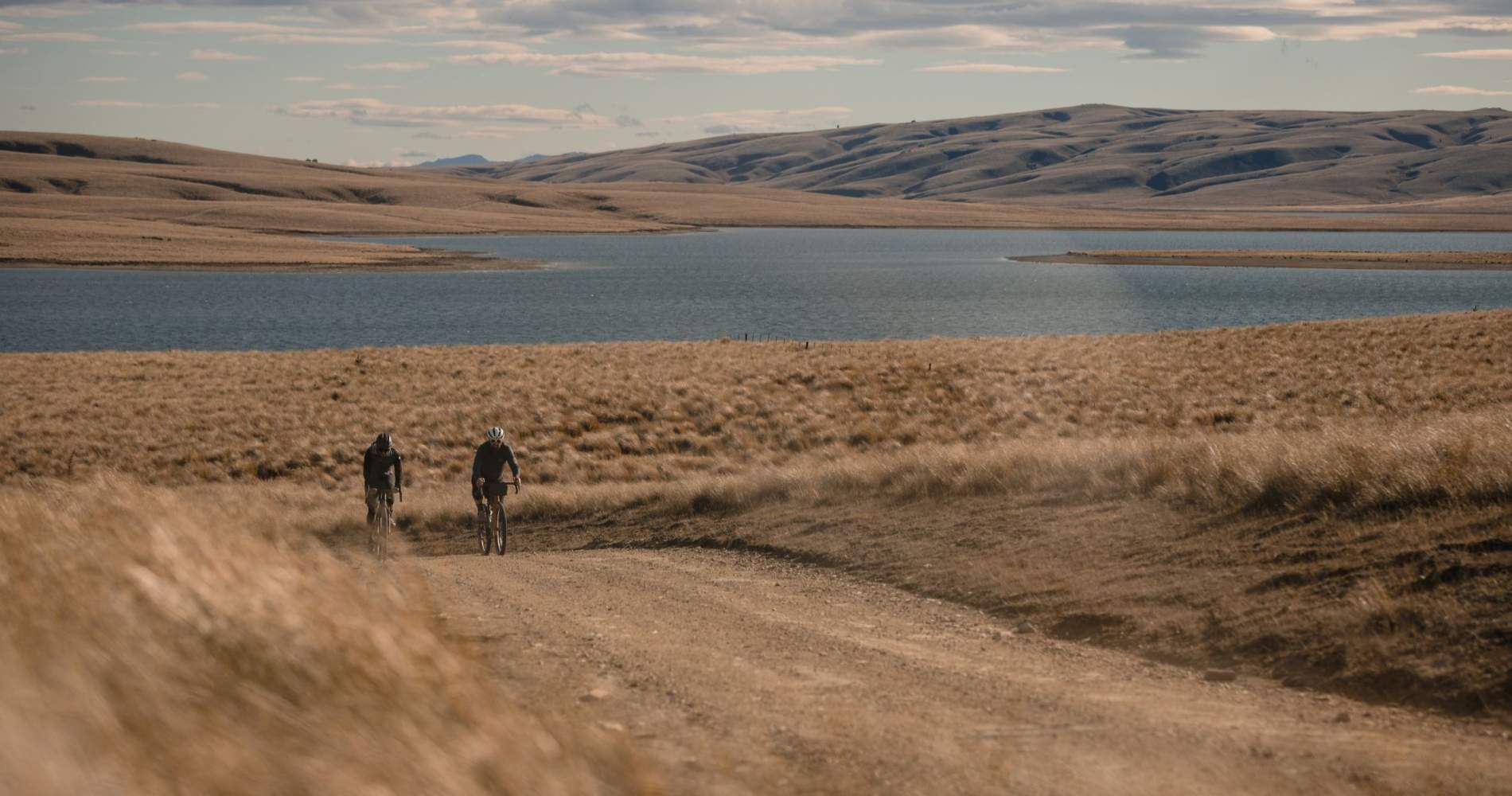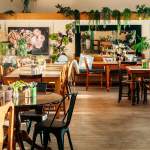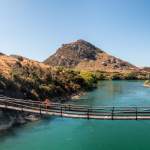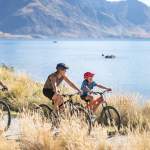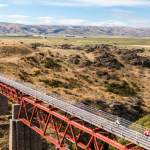
Bikepacking for Beginners
A No-Stress Guide for Your First Adventure
The idea of exploring backcountry roads with all your gear strapped to your bike sounds like the perfect wilderness adventure, right?
But then questions and niggling doubts kick in: Where do I start? What do I pack? Will I get lost in the wilderness and end up surviving on energy gels, rainwater, and sleeping in a hedge?...
Relax! If you’re new to bikepacking and looking to explore the more remote landscapes of Otago, this guide is for you. Whether you’re planning a weekend trip or something longer, this bikepacking guide for beginners provides tips, tricks, and professional advice to get you started on the right pedal.
If you’re a bikepacking newbie, Otago is an ideal destination to start. The terrain is varied but accessible, the scenery is spectacular, the continental climate is ideal for cycling and there are hundreds of kilometres of trails including five Great Rides to explore and backcountry roads suited to all skill levels. Whether you’re cruising along the Otago Central Rail Trail or tackling a multi-day gravel ride in the hills, Otago is the ideal region to begin your bikepacking journey.
With the help of Kat Bulk - local bikepacking guru, multi-sport athlete, and part of the team behind the development of the Queenstown Trails – check out these tips to get you started on your first bikepacking adventure.
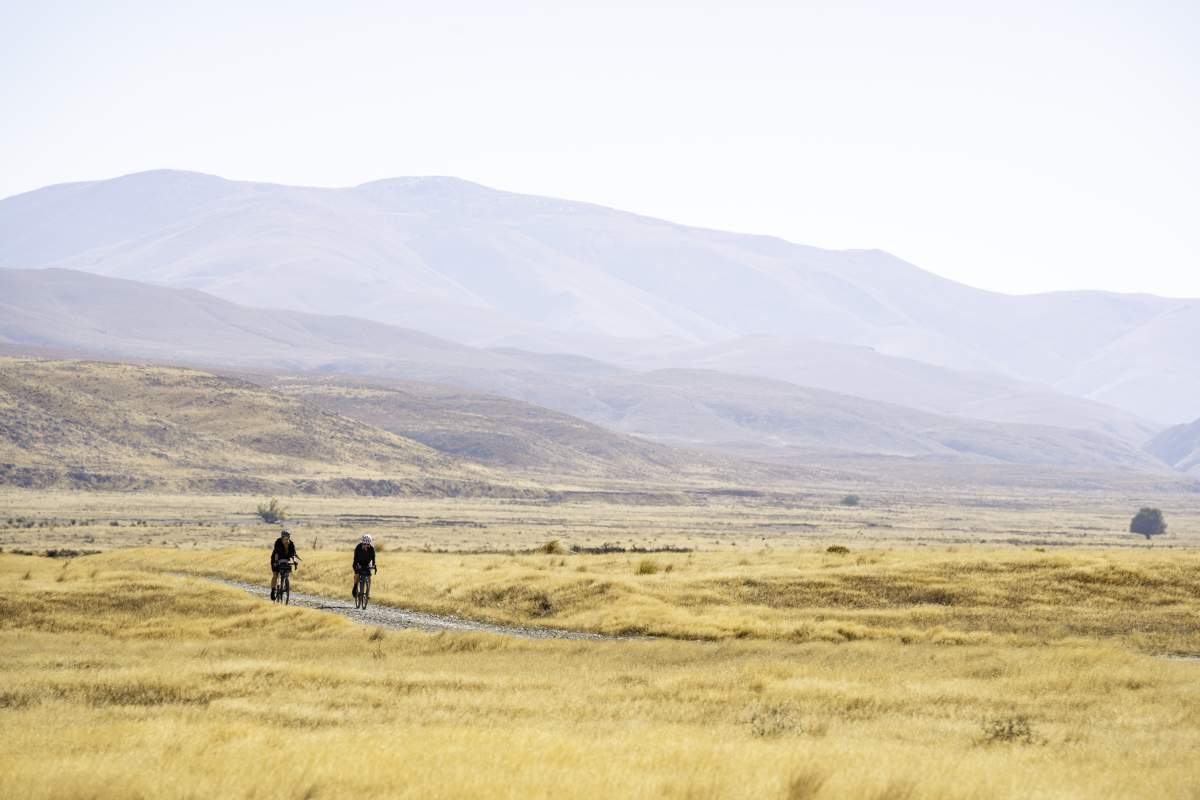
Bikepacking in Central Otago provides easy access to incredible landscapes and scenery.
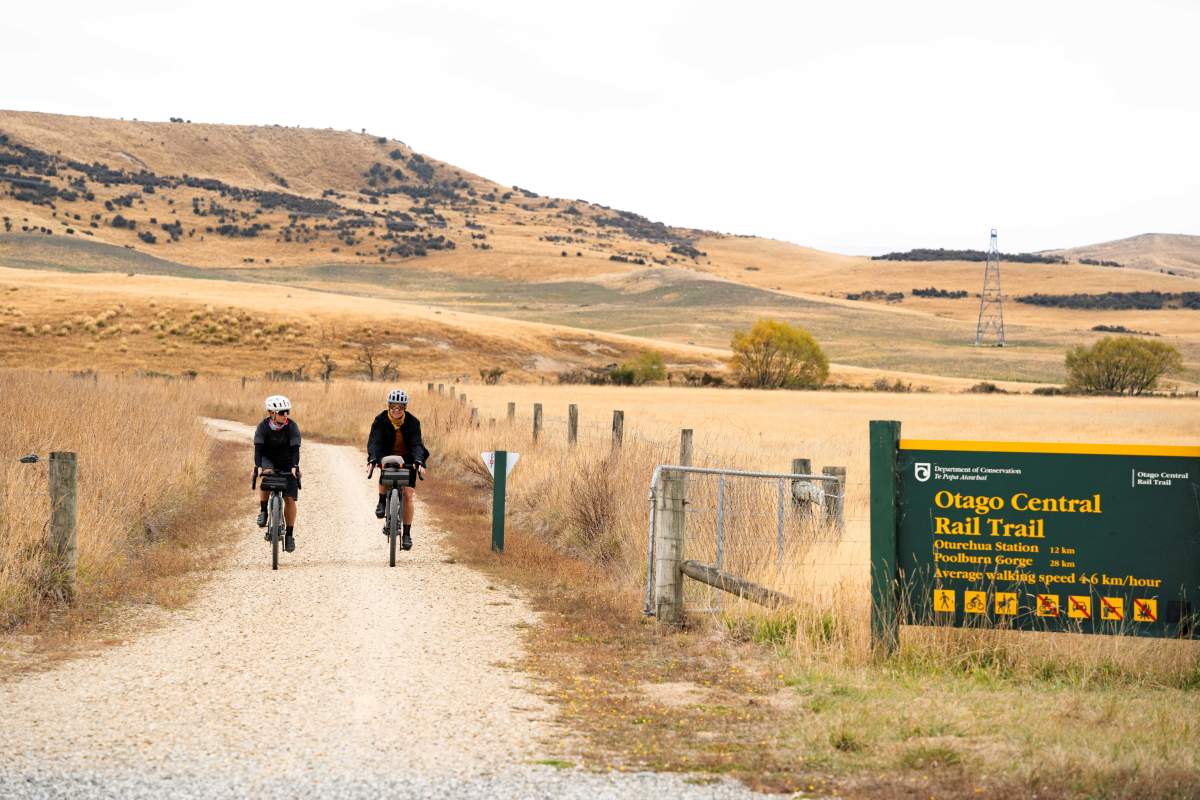
The infrastructure which supports Otago's 500km network of Great Rides is tailormade for easy bikepacking.
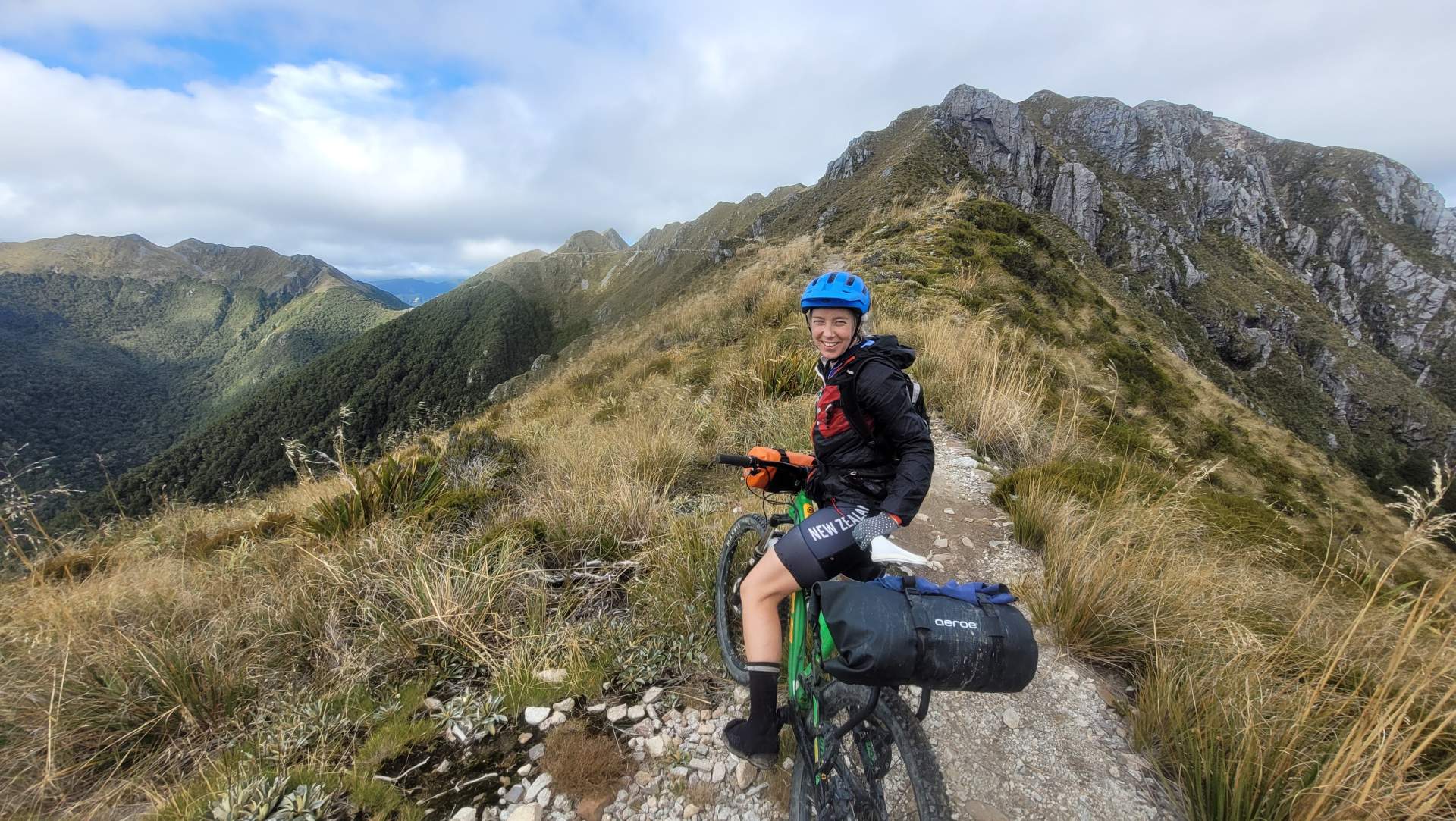
Queenstown multi-sporter Kat Bulk in her natural habitat - fully loaded for a bikepacking mission in the hills! (Old Ghost Road, West Coast NZ).
What is Bikepacking, anyway?
In short, bikepacking is a mash-up of cycling and backpacking. You load up your bike with the essentials (camping gear, clothes, snacks), hop on and ride, camping out or staying at local accommodation along the way. It’s all about freedom - going at your own pace, soaking up the scenery, and following the road less travelled.
Bikepacking usually entails an overnight trip with a minimalist approach to gear. Trips are generally focused on backcountry tracks, trails and gravel roads away from civilisation, and probably riding a mountain bike or gravel bike. Bikepacking places an emphasis on keeping the bike light and nimble so you can enjoy the ride more. Bags are small and slim to avoid snags on bushes, trees or rocks rather than wide panniers which are more common for road bike touring.
Bike touring, whilst a close cousin of bikepacking, centres on road bikes and long-distance routes often between towns and cities and even across countries. Bikes are more loaded than a bikepacking setup with front and rear racks for panniers to cater for the requirements of a multi-week tour.
Kat’s Comment:
Bikepacking doesn’t need to cost a fortune: the perfect bike, custom panniers, and state of the art ultralight camping gear are awesome, but not essential.
Just use the bike you already own!
Whether you have a gravel bike or mountain bike, old or new, it doesn’t really matter – just get out there! But it is important to note that bikepacking is hard on gear and bikes. If you use your uber carbon race bike to drag through swamps and the bush, expect some damage and a big service bill! Try to protect the frame and components from any attached bags as much as possible.
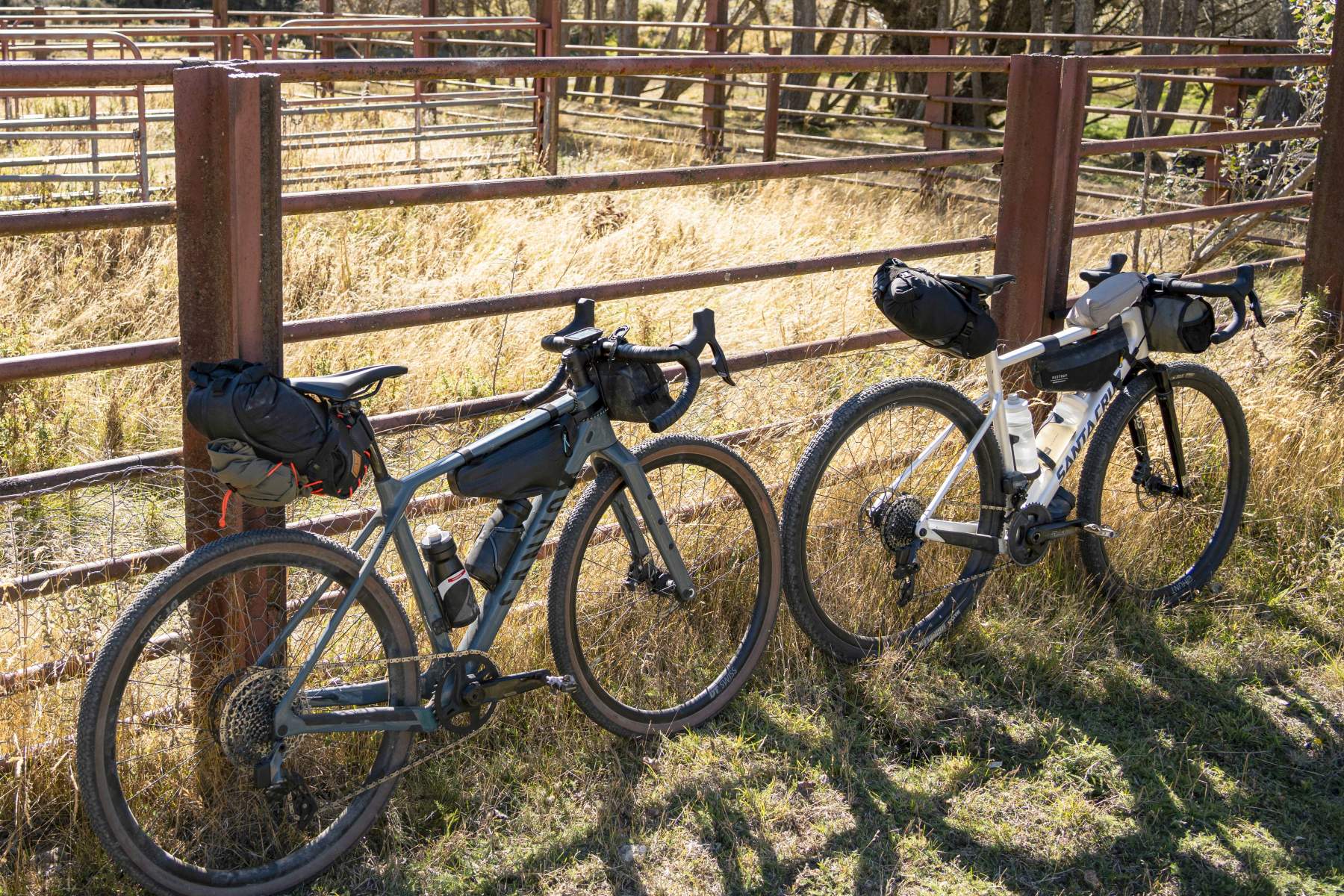
A lightweight bikepacking setup for gravel bikes.
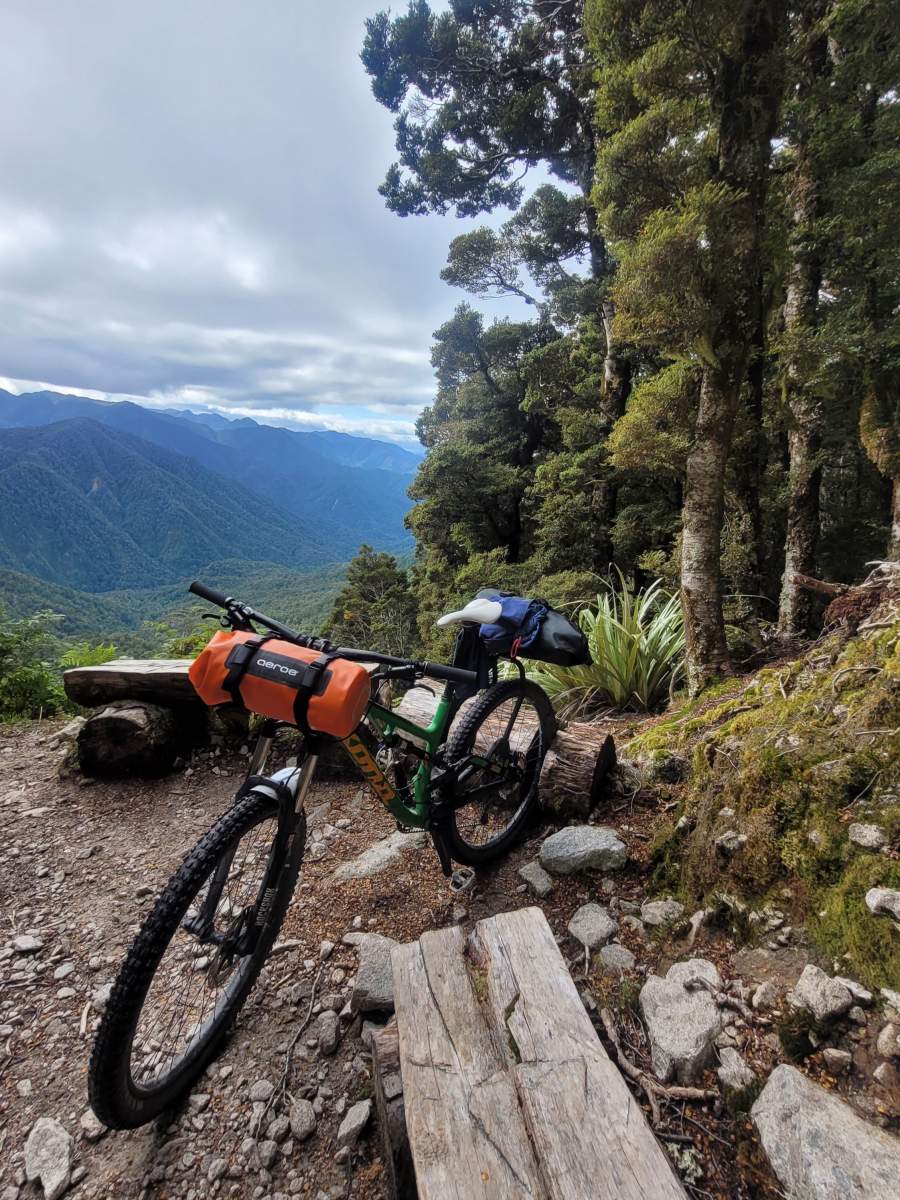
Kat's mountain bike setup for an overnight backcountry mission.
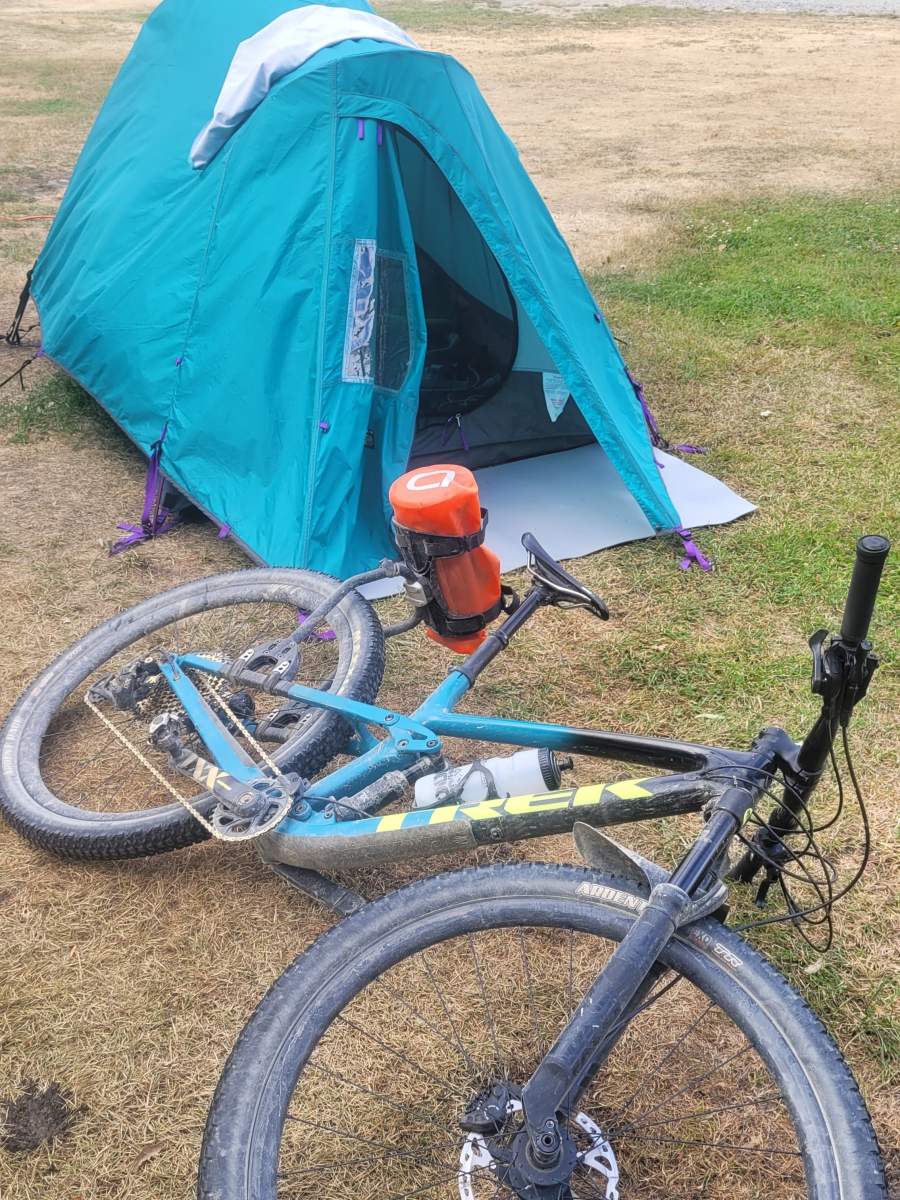
Specific lightweight tents and paniers are now available for bikepacking.
Tip 1: Start Small (Seriously)
You don’t have to go all out on your first trip!
In fact, Otago is packed with beginner-friendly trails and gravel rides perfect for easing into bikepacking. Trails like the Otago Central Rail Trail, Clutha Gold Trail or parts of the Queenstown Trails network are great places to start. They’re generally flat, well-signposted, and dotted with cafes, wineries and country pubs. Trail Towns offer affordable and bike-friendly accommodation if camping isn’t your vibe.
You can travel super-light along the Great Rides and ease into the world of bikepacking without any "lost in the wild" drama. Self-guided tours offer a gentle introduction to multi-day rides with your baggage transferred for you each day, and shuttle services from bike tour operators also make one-way rides easy options. You can also hire a bike with panniers if you don't have your own.
Short overnight trips - affectionately referred to as ‘credit card rides’ by locals (as all you need is a small day pack with a clean T-shirt, fresh undies and your flexible friend) are another good way to build up to more adventurous multi-day bikepacking adventures.
Kat’s Comments
- Graduate to bikepacking from big day missions. My first bikepacking experience was three big day rides based out of the same campground (rather than carrying all my camping gear). Returning to a set up base with facilities was comforting. I made my route a clover leaf type ride to make this work.
- Start small and work your way up: if long distances are intimidating, make it easy. Consider booking accommodation rather than camping, then work up to camping as your confidence and experience allows.
- There’s nothing wrong with staying in a cabin or motel. Having some creature comforts at the end of a ride and being warm and dry is awesome. Consider routes that have multiple nights in the same location which means you’ll need to carry less and have the option to launder wet or muddy gear.
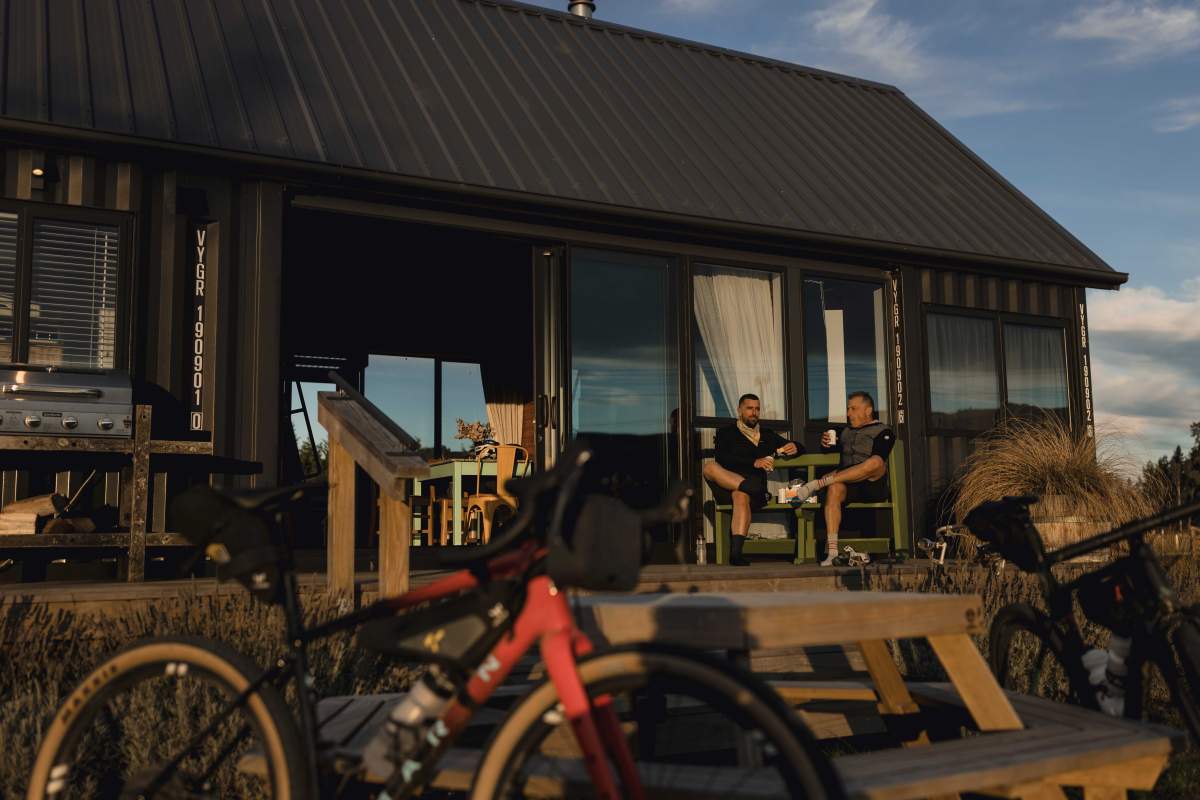
The supporting infrastructure of Otago's Great Rides provides accommodation for light rides.
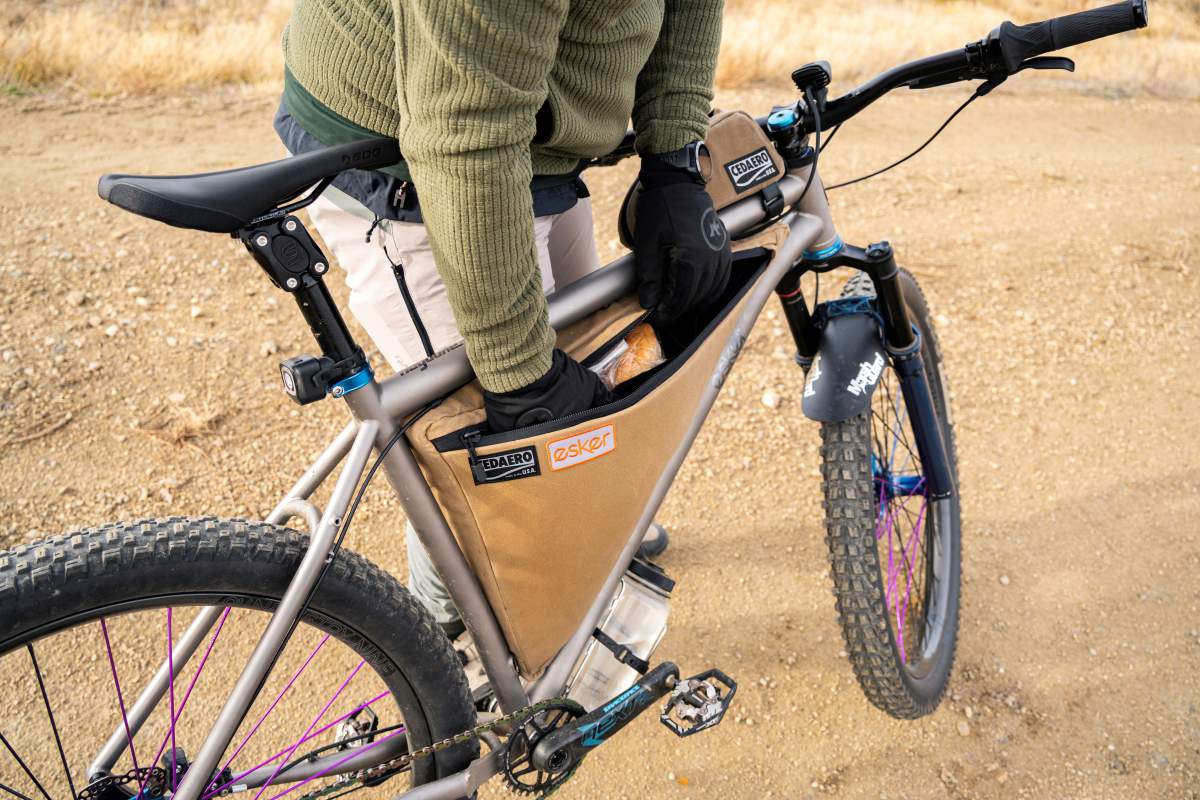
Bikepacking accessories, like frame bags, are practical but not essential for your first ride.
Tip 2: Pack Smart, Not Heavy
The golden rule of bike-packing: less is more. It can be tempting to pack everything but the kitchen sink but trust us, your legs will thank you if you keep it light. Focus on the essentials: a small tent or sleeping bag, a single change of clothes, a rain jacket and some basic tools for bike maintenance. Oh, and don’t forget your snacks! Otago is full of cafes and country pubs, but having a couple of energy bars or trail mix on hand will keep you going between stops.
It’s tempting to overpack, but when everything is strapped to your bike, less is more. Check out this great checklist for bikepacking from NZ Cycle Trails.
Remember, the lighter your load, the easier the ride. And you don’t need fancy gear - just bring the essentials and enjoy the journey.
Kat’s Comments
- Use the gear you already have! Borrow kit from friends when you first start, and then think about buying your own later. Flash ultralight equipment is nice, but it isn’t essential and shouldn’t stand in the way of you getting out there.
- Although some gear such as warm and waterproof layers is essential, you’ll find that it can have many uses. For example, a lightweight down jacket is good insulation under a waterproof layer, as an extra layer during coffee stops, or as a pillow whilst camping. Depending on the season (and weather forecast) waterproof over gloves, good waterproof jacket, warm socks, shoe covers, spare socks and plastic bags to put over dry socks and into wet shoes are some of the things that I always ride with.
- Bike bags and backpacks – try before you buy to see what works for you. Packs and bags can affect your balance on the bike so experiment with your setup. Less is more and light is right! Weight and stability are key considerations.
- Invest in some good lights as missions can frequently take longer than planned and you might find yourself riding in the dark. Also think about charging options like power banks or solar to recharge on the go.
- Evaluate what worked and what didn’t after you get home. This can help inform decisions on what gear you want to purchase in the future.
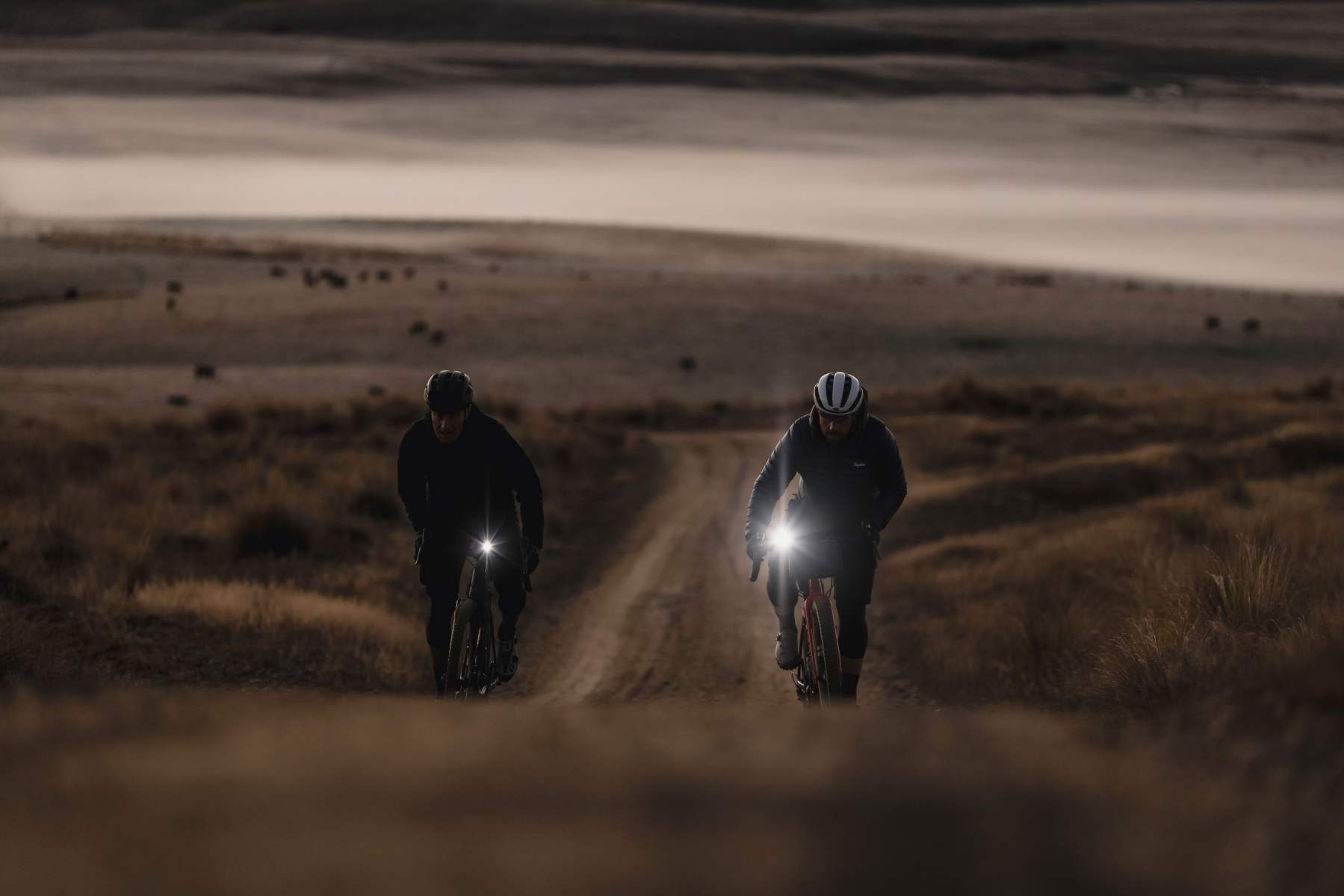
Kat recommends good lights and a backup power source for the inevitable ride that takes longer than planned!
Tip 3: Self Sufficiency & Safety
Bikepacking is all about exploring remote off the beaten track places, but this means you’ll need to be self-sufficient with the right gear if things don’t go to plan. Chances are that you might not have cell phone coverage to call for help, so take a personal locator beacon with you for emergency use, or another communication device such as a Garmin InReach which does not require cell coverage.
Always follow the land safety code, and don’t forget sunblock and a good helmet! Otago’s sun can be intense, even if the day starts out cool.
Kat’s Comments
- Having a safety net is important and knowing that there are options to call for help or a rescue if needed. Fear of being alone or dying of cold or an injury can be very real in the event of an accident or emergency.
- Know your refuelling options – how far to the next café or shop and are they open? Always have spare food in case you don’t make closing times.
- As your experience grows, you’ll inevitably want to travel further from towns and settlements, and so finding potable water becomes a consideration. Think about packing a filtration device or tablets (e.g. Aquatabs) to treat water sourced from lakes or streams.
- There is no point carrying a spares and tools if you don’t know how to use them. Could you fix a chain if it broke? Do you have the right spares in your toolkit? Practicing your repair skills in the comfort of home whilst watching a YouTube tutorial is much easier than trying to fix a mechanical issue for the first time out in the cold and rain!
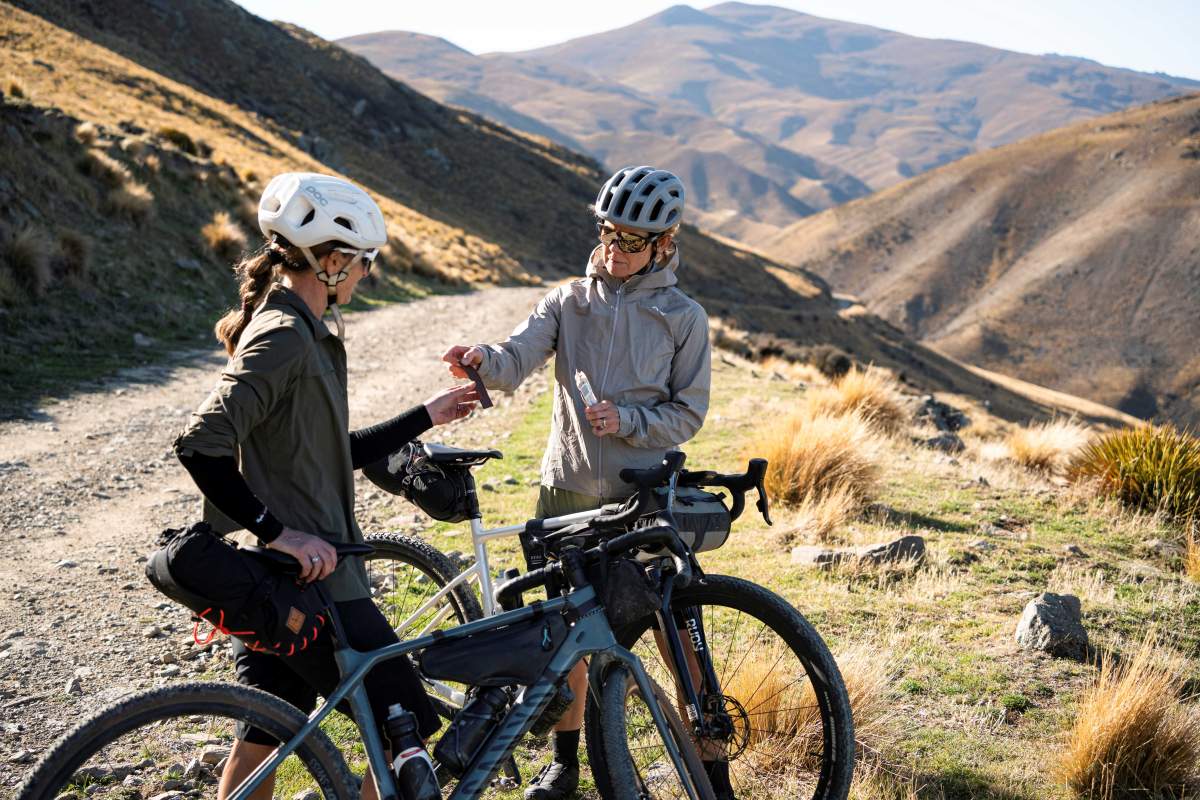
Pack snacks....lots of snacks!
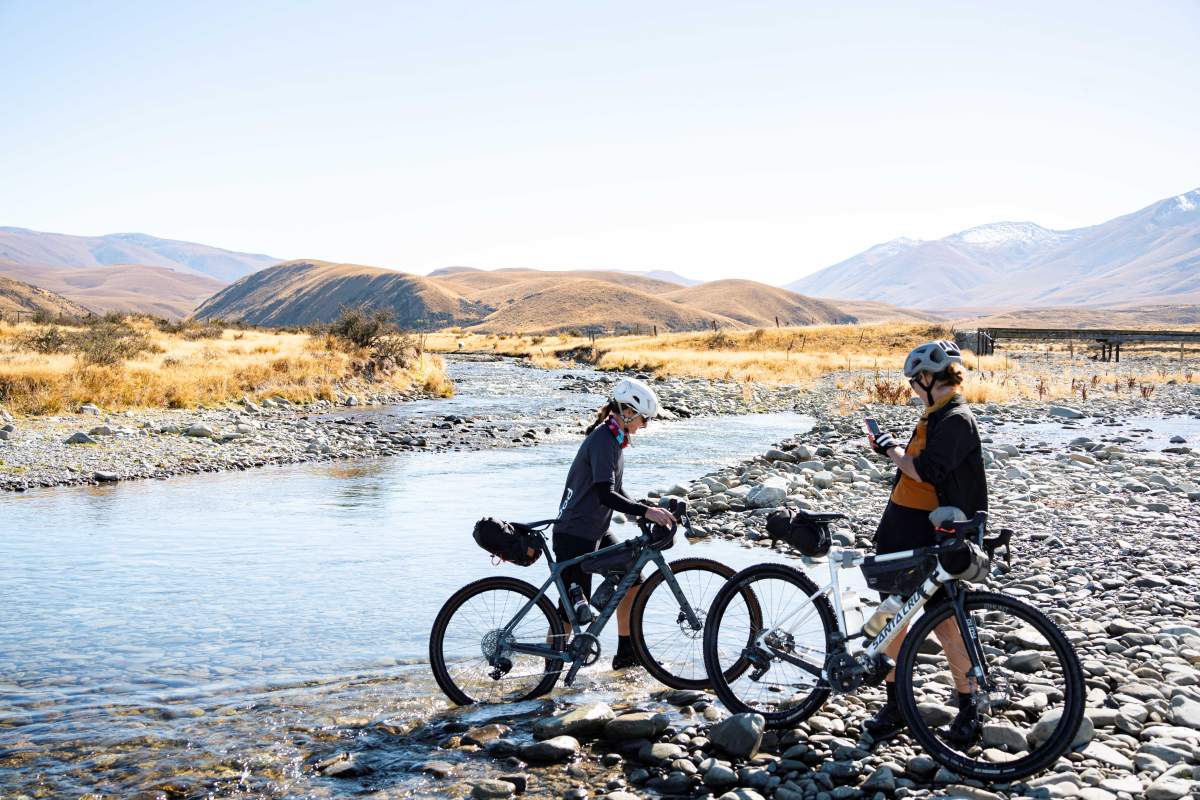
Water, water everywhere... but is it drinkable? Think about treatment options for longer rides. Creek crossings can also wreak havoc on components.
Tip 4: Plan, But Don’t Over-Plan
It’s great to have a rough idea of your route, but part of the magic of bikepacking is being flexible. Otago’s trails are packed with hidden gems - whether it’s a quirky little café, boutique winery, a breathtaking view you didn’t expect, or a cosy country hotel for the night. Leave room for spontaneity! Some of the best memories come from those unplanned stops.
Kat’s Comments
- Wayfinding – in my experience, rides always take longer than you think especially with the added weight of camping gear, so give yourself some contingency time… and carry lights and extra food just in case!
- The internet is now full of marked routes and itineraries to help you plan and modern mapping technology and GPS enabled phones make planning and navigating so much easier… but have backup plan in case your phone battery runs flat!
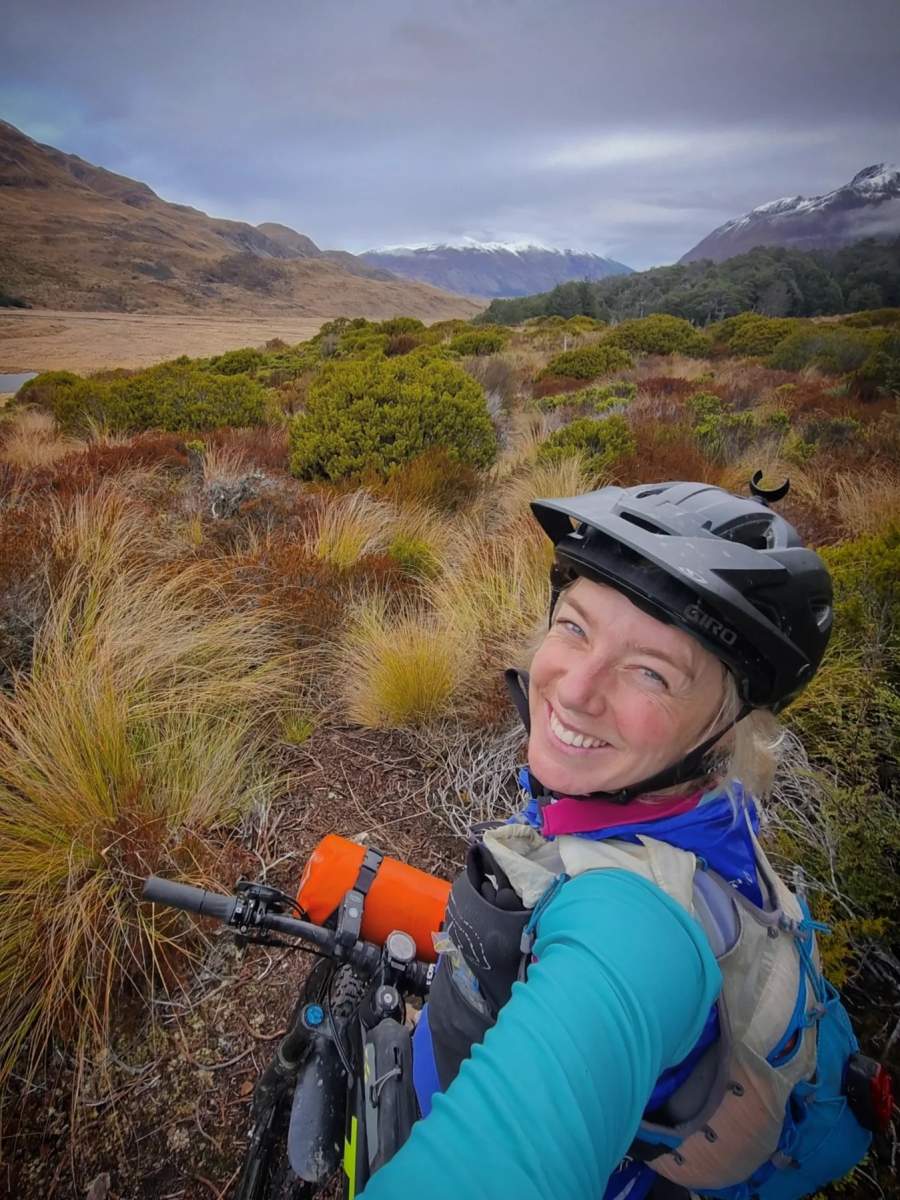
From 'Wild Kat' missions exploring Queenstown's wilderness...
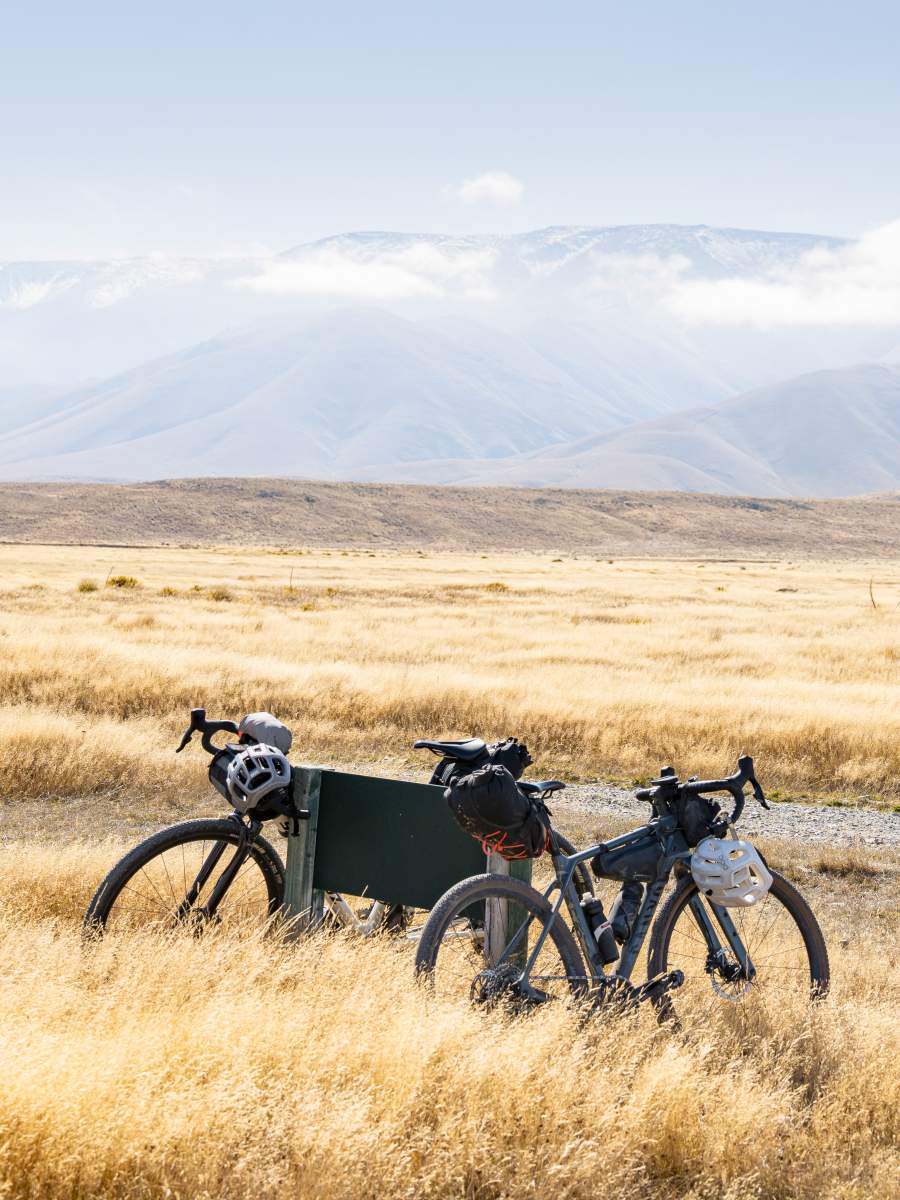
...to 'credit card' rides along the Rail Trail, bikepacking is a great way to explore NZ.
Tip 5: Eat, Drink, and Be Merry
Otago isn’t just famous for its cycle trails - it’s also home to some of the best food and wine in New Zealand. There’s nothing like rolling into a small town and finding a local café serving great coffee or a bakery with a cabinet full of hot pies! After a long ride discovering a welcoming country pub with hearty homecooked meals and a cold craft beer is probably the main reason we ride bikes!
Kat’s Comments
- Just keep eating and drinking! Energy gels and bars are alright to keep you going in an emergency or if you’re an elite Tour de France racer, but you can’t beat real food! Pack some fresh sandwiches and fruit, leftover pizza is ideal fuel for cyclists full of protein, salt and carbs. And never, ever ride past an open coffee shop! #NoCoffeeNoRide
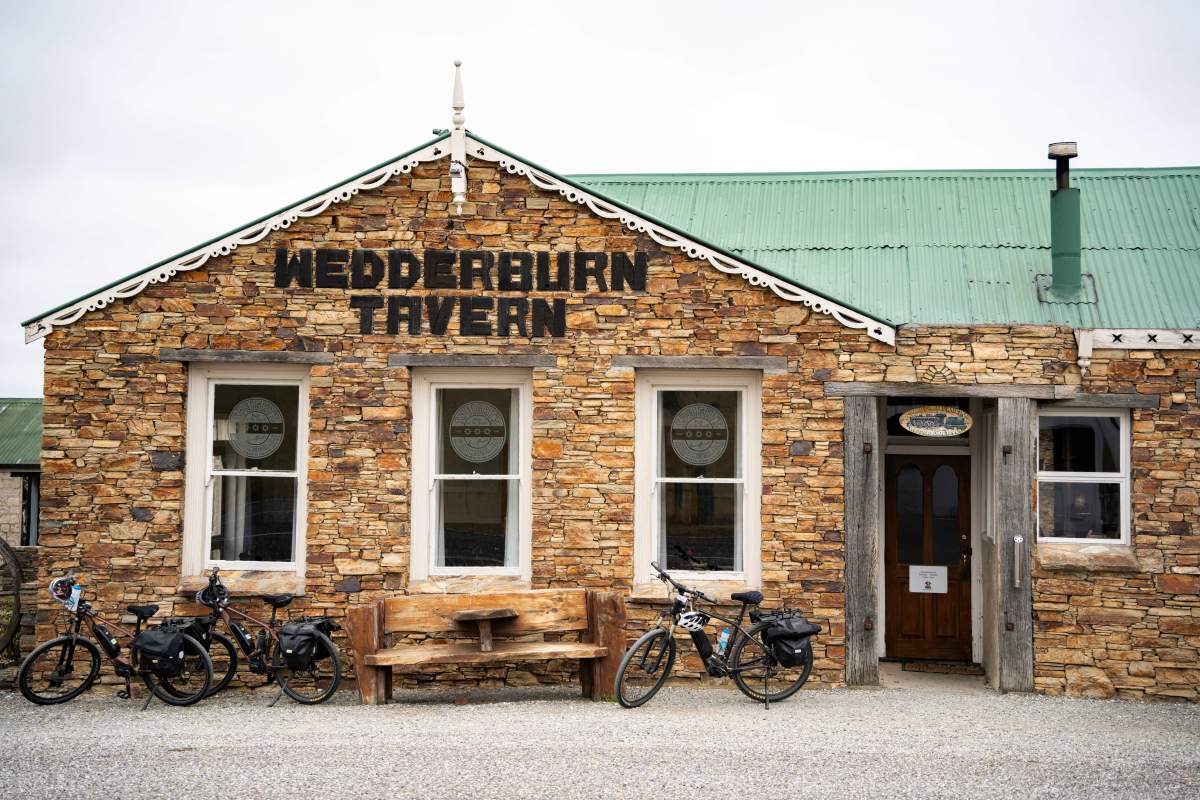
You're never too far from a country pub or cafe in Otago (Wedderburn Tavern, Otago Central Rail Trail).
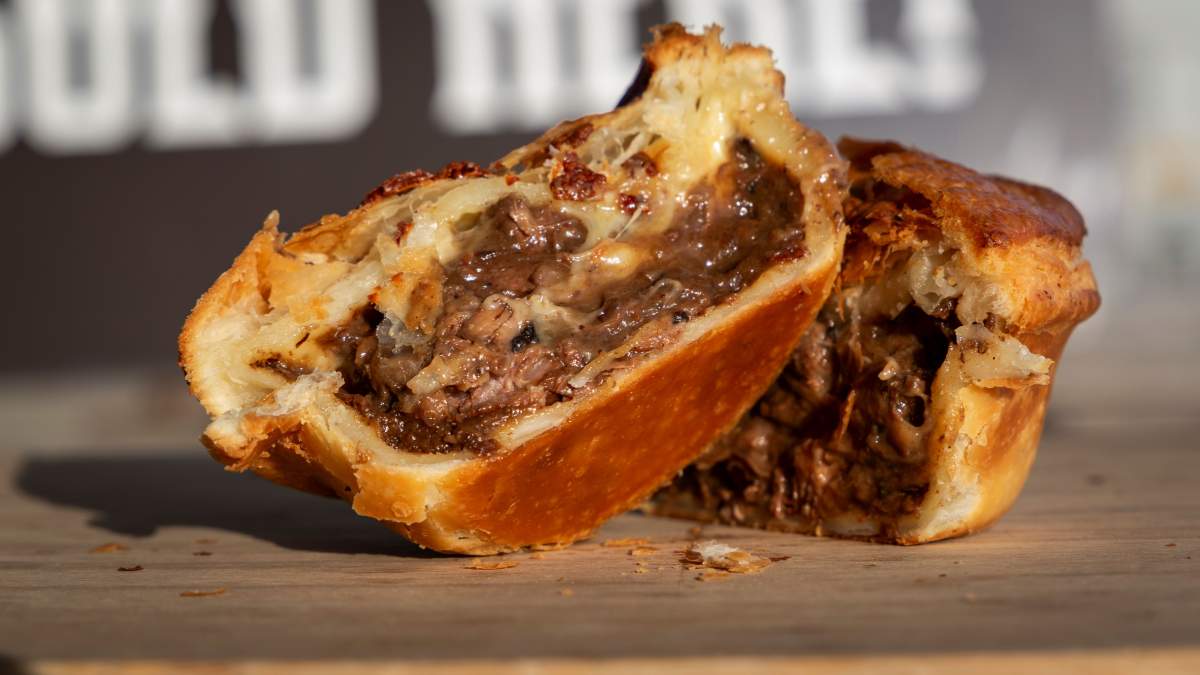
Otago's bakeries serve up some of the best pies in New Zealand! (Sanga's Pies, Cromwell)
Tip 6: Embrace the Adventure
Bikepacking is an adventure, and things might not always go to plan. Maybe you’ll hit a headwind, or you’ll take a wrong turn and end up on an unexpected detour. That’s all part of the fun! Go with the flow, enjoy the journey, and don’t stress about perfection. The best stories come from the unexpected moments.
Photography by Cameron MacKenzie and Riley McLay
Images reproduced with thanks to New Zealand Cycling Journal
With special thanks to Kat Bulk of the Queenstown Trails Trust for her expertise and comments.

Otago offers some of the best cycle trails and gravel roads for bikepacking in the world, so get out there and embrace the adventure!

Related Stories
-
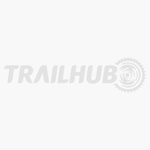
Otago Central Rail Trail Pub Guide
A guide to the pubs along the Otago Central Rail Trail
Read more about Otago Central Rail Trail Pub Guide -

Best Bakeries in Otago
From cinnamon scrolls to cheese rolls - a guide to the best trailside bakeries in Otago.
Read more about Best Bakeries in Otago -

25 Years On Track
The old and the new - celebrating 25 years of the Otago Central Rail Trail
Read more about 25 Years On Track -

Neat Trail Places
An insider's guide to the neatest places along Central Otago's bike trails.
Read more about Neat Trail Places -

Clutha Gold Trail Beginners Guide
A beginners guide to the Clutha Gold Trail
Read more about Clutha Gold Trail Beginners Guide -

Beginners Guide to Queenstown Trails
A beginner's guide to biking the Queenstown Trails
Read more about Beginners Guide to Queenstown Trails -

Beginners Guide to the Otago Central Rail Trail
A beginner's guide to the Otago Central Rail Trail
Read more about Beginners Guide to the Otago Central Rail Trail -

Don't just ride - play bike!
If we play sports, then why don't we "play bike"?
Read more about Don't just ride - play bike!

